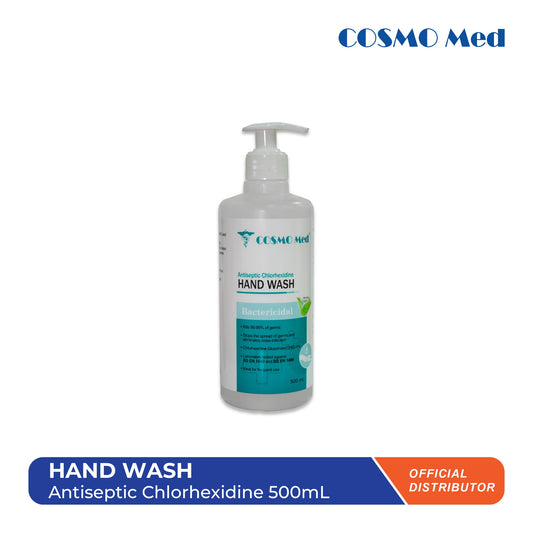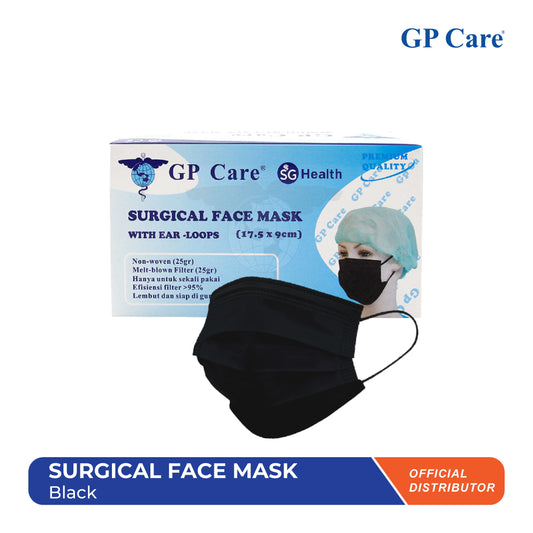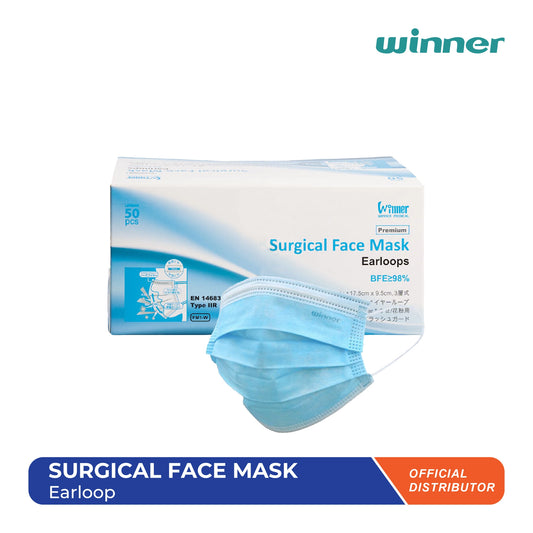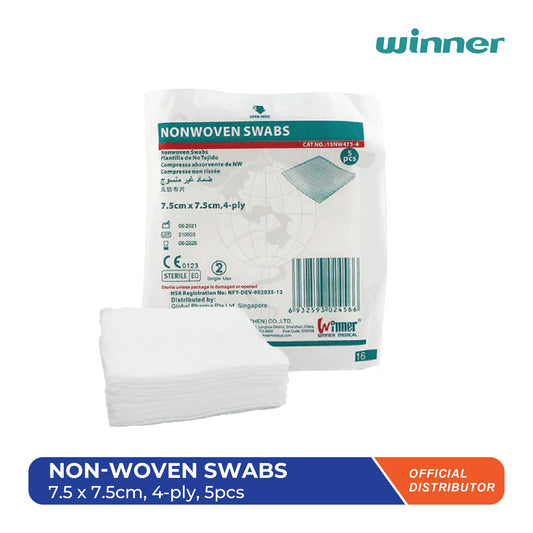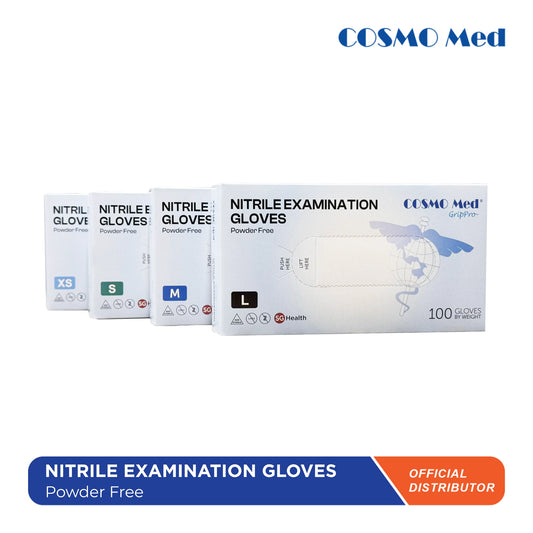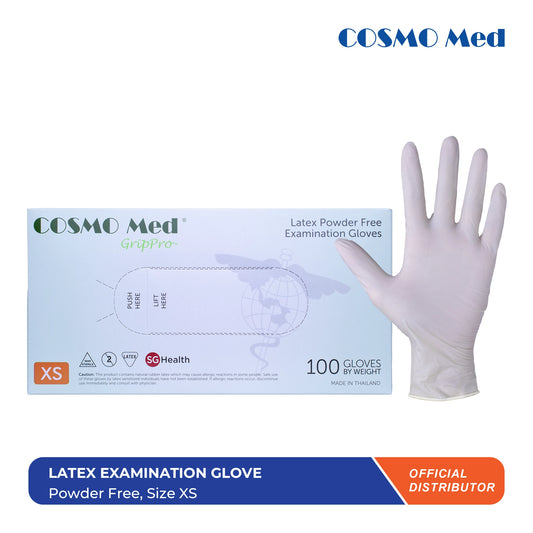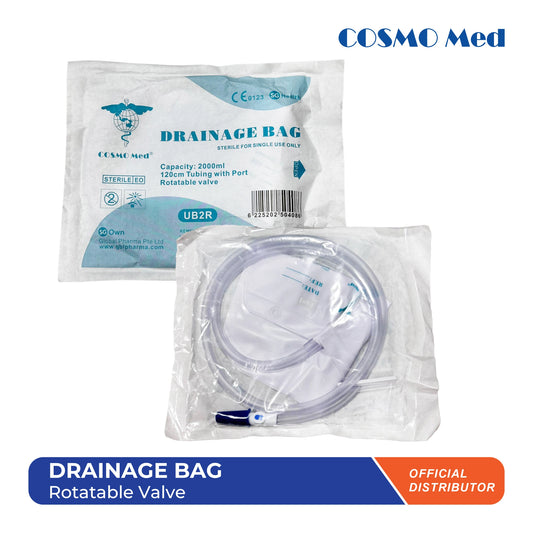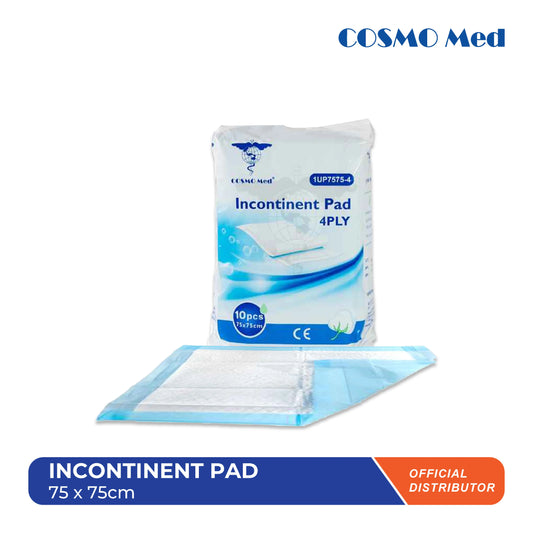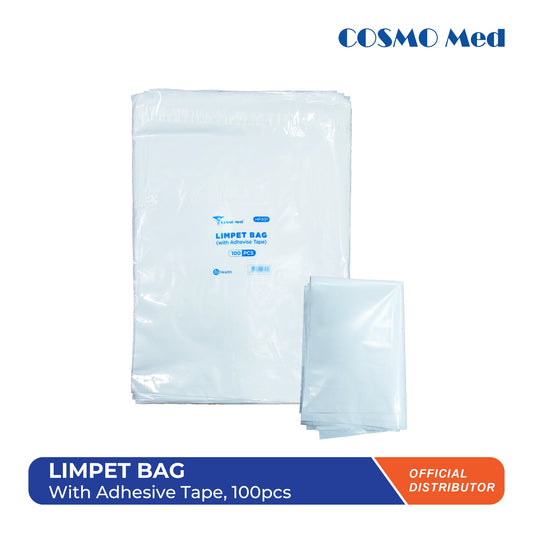Syringes come in various types and sizes, each tailored to specific medical tasks and patient needs. Understanding these variations can help healthcare providers select the appropriate syringe for different applications.
Types of Syringes
Syringes come in various types, each designed for specific medical purposes. Here are the common types of syringes:
1. Luer-Lock Syringes- Description: These syringes feature a tip that twists and locks onto the needle, ensuring a secure connection.
- Uses: Ideal for situations where leakage or detachment of the needle could be problematic, such as administering medications or drawing blood.
- Description: Specifically designed for administering insulin to diabetic patients.
- Characteristics: They have a fine needle for minimal pain and are calibrated to allow for precise insulin dosage measurements.
- Uses: Used daily by diabetic patients for self-injections of insulin.
- Description: These syringes have a long, slender barrel with fine graduations for accurate measurement of small doses of medications.
- Uses: Commonly used for administering tuberculin skin tests and other diagnostic tests requiring small volumes of medication.
- Description: Designed with features to prevent needlestick injuries and enhance safety for healthcare workers.
- Characteristics: Some safety syringes have mechanisms that automatically retract or shield the needle after use.
- Uses: Used in healthcare settings to reduce the risk of accidental needlesticks and exposure to bloodborne pathogens.
- Description: These syringes have an off-center nozzle, which allows for easier administration in hard-to-reach areas or around anatomical obstacles.
- Uses: Often used in veterinary medicine or specific medical procedures where precise injection placement is required.
- Description: These syringes do not have needles and are designed for accurately measuring and administering liquid medications orally.
- Characteristics: They typically have a plunger and a tip that can be inserted into the mouth or used to dispense liquid directly into a feeding tube.
- Uses: Used in hospitals, nursing homes, and home healthcare settings for patients who cannot swallow medications in tablet or capsule form.
- Description: These syringes have a tapered tip instead of a needle, designed for flushing or administering fluids through catheters or feeding tubes.
- Uses: Commonly used in hospitals and healthcare facilities for irrigating wounds, administering medications through enteral feeding tubes, or flushing catheters.
Syringe Size
Syringes come in various sizes, each suitable for different medical applications. The size of a syringe is primarily determined by its capacity, which is measured in milliliters (mL). Here are the common sizes of syringes:
1 mL Syringe- Description: This small syringe is used for administering very small doses of medications or for precise measurements.
- Uses: Commonly used for pediatric medications, insulin injections, and other applications requiring small volumes.
- Description: A medium-sized syringe with a capacity of 3 mL.
- Uses: Often used for intramuscular injections, subcutaneous injections, and drawing up medications from vials.
- Description: This syringe has a larger capacity of 5 mL.
- Uses: Suitable for a range of medical procedures, including intramuscular and subcutaneous injections, as well as medication administration in hospitals and clinics.
- Description: A larger syringe with a capacity of 10 mL.
- Uses: Commonly used for intramuscular and subcutaneous injections, medication administration, and drawing blood samples.
- Description: This syringe has a capacity of 20 mL, making it suitable for procedures requiring larger volumes of medication or fluid.
- Uses: Used in hospitals and healthcare settings for various medical procedures, including flushing wounds, irrigation, and medication administration.
- Description: A syringe with a capacity of 50 mL, typically used for larger-volume injections and fluid administration.
- Uses: Commonly used in hospitals for drawing up medications, administering fluids intravenously, and other medical applications requiring larger volumes.
- Description: Similar to the 50 mL syringe but with a slightly larger capacity of 60 mL.
- Uses: Used in medical settings for the same purposes as the 50 mL syringe, providing flexibility in fluid administration and medication delivery.
Conclusion
These syringes vary not only in size but also in their design features, intended uses, and compatibility with different medications and procedures. Healthcare providers must select the appropriate syringe based on the specific medical task, patient requirements, and safety considerations.



